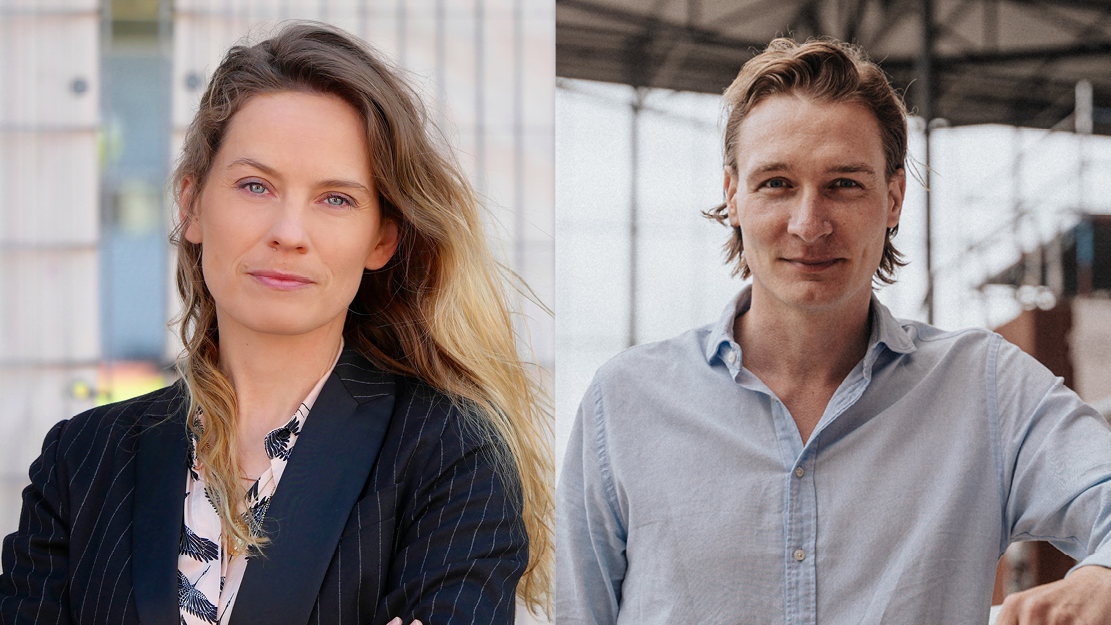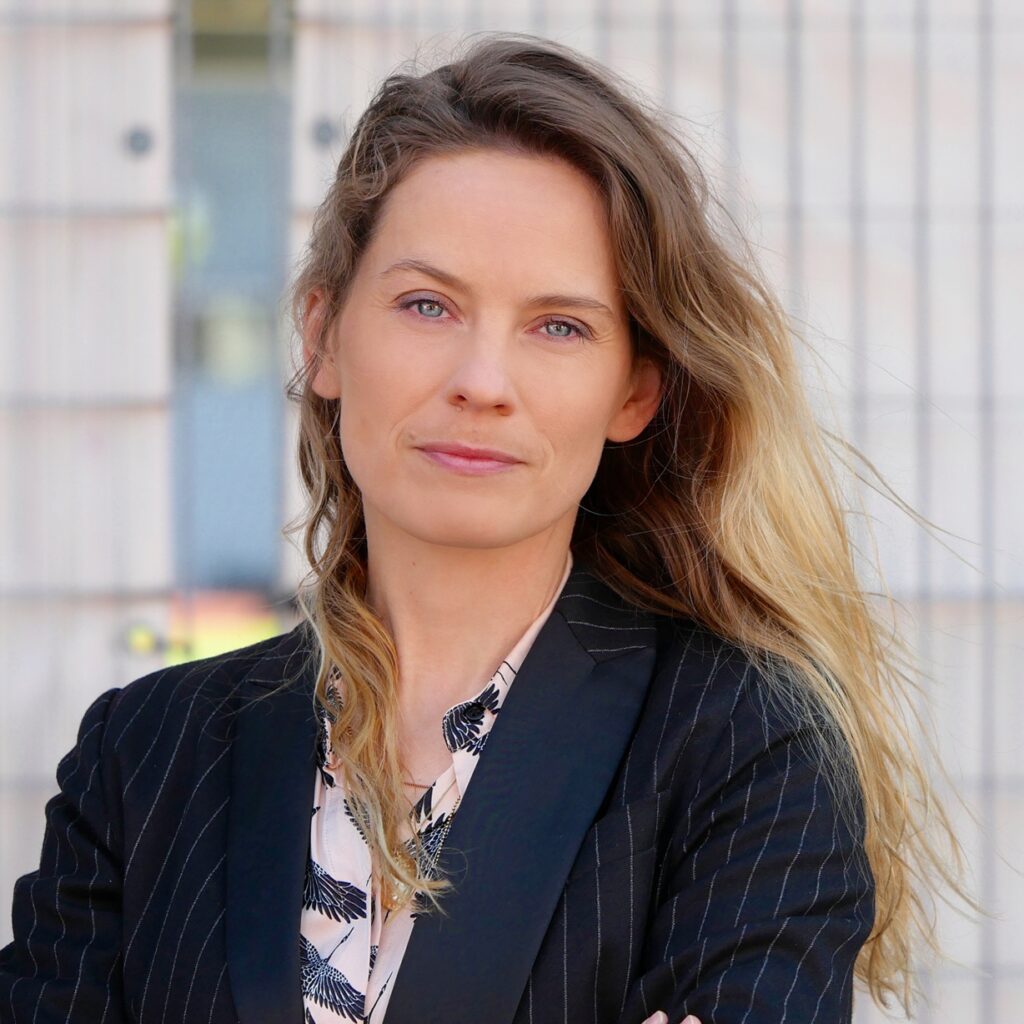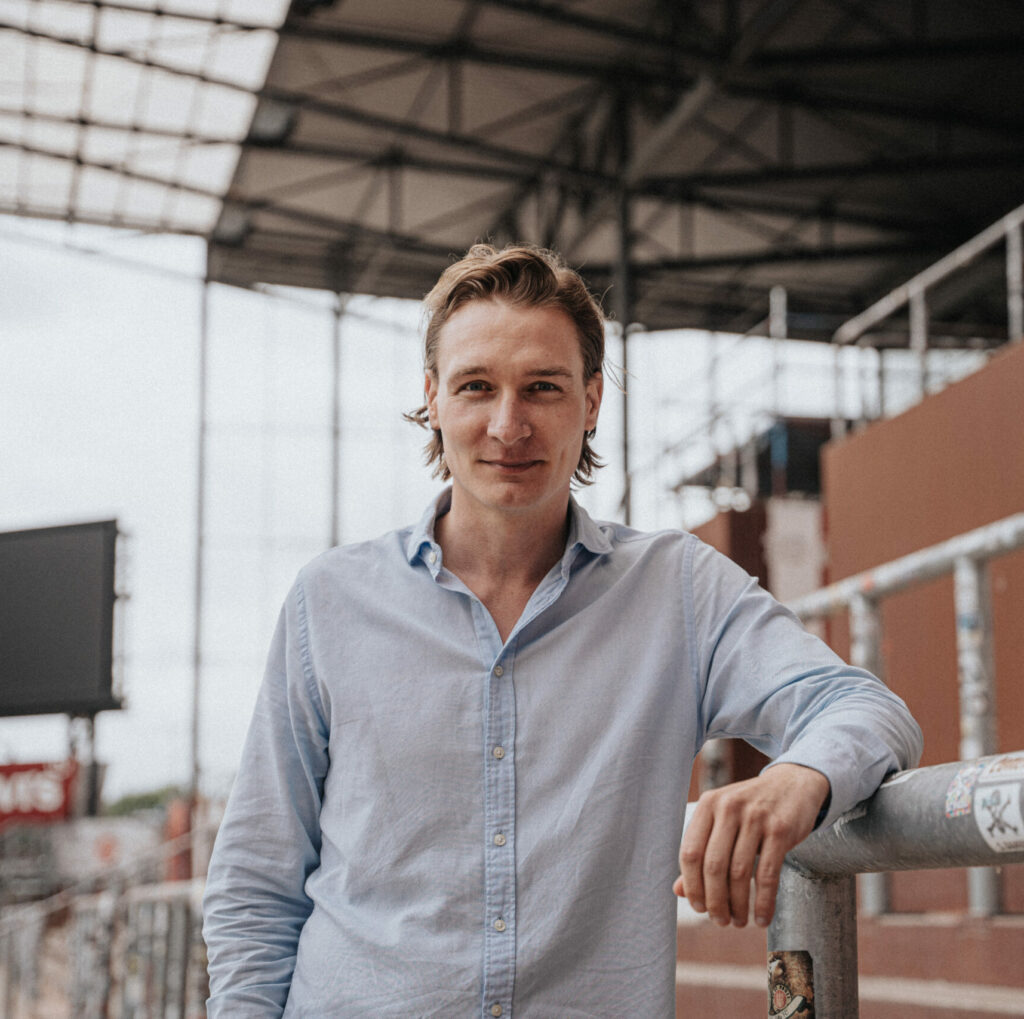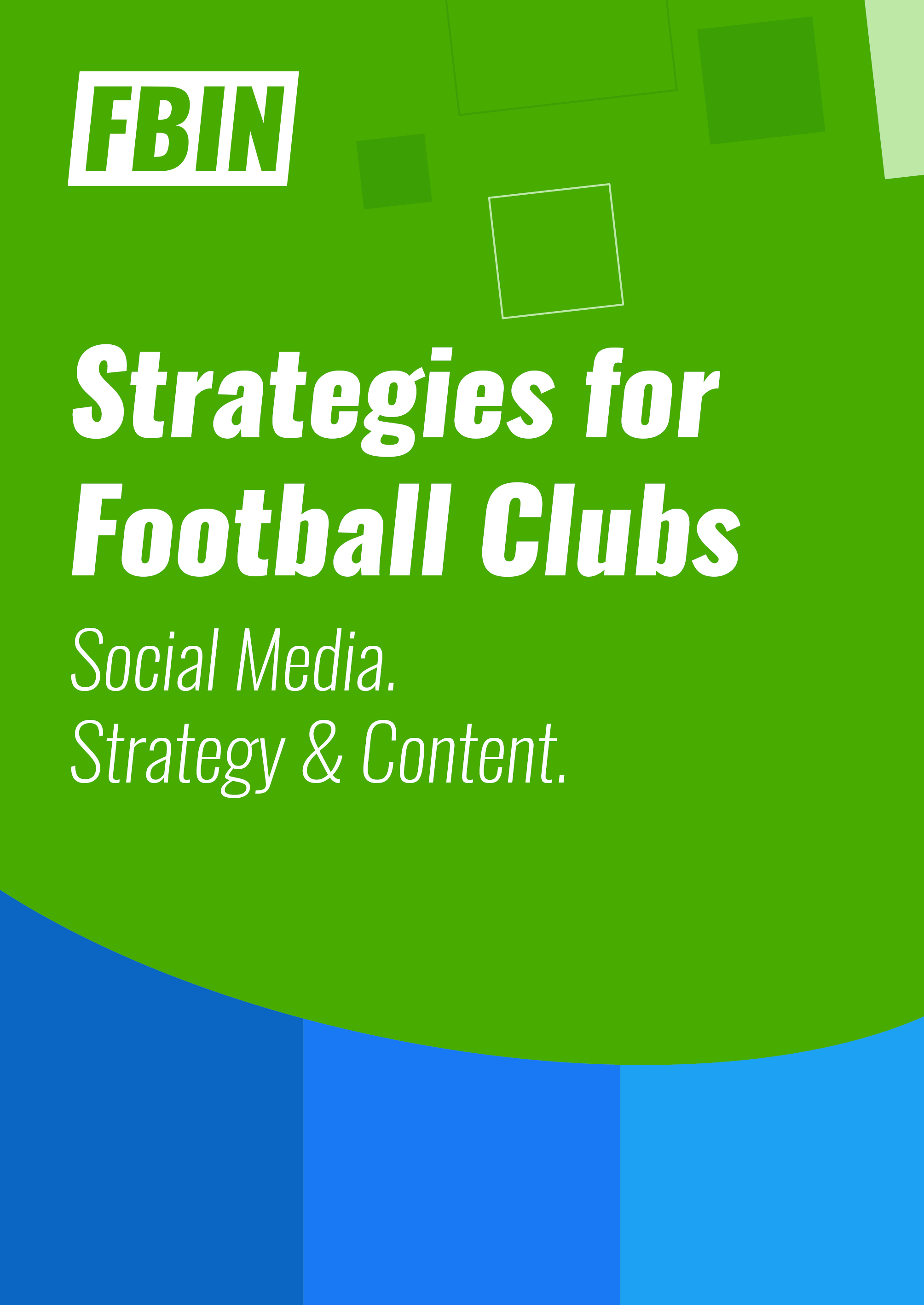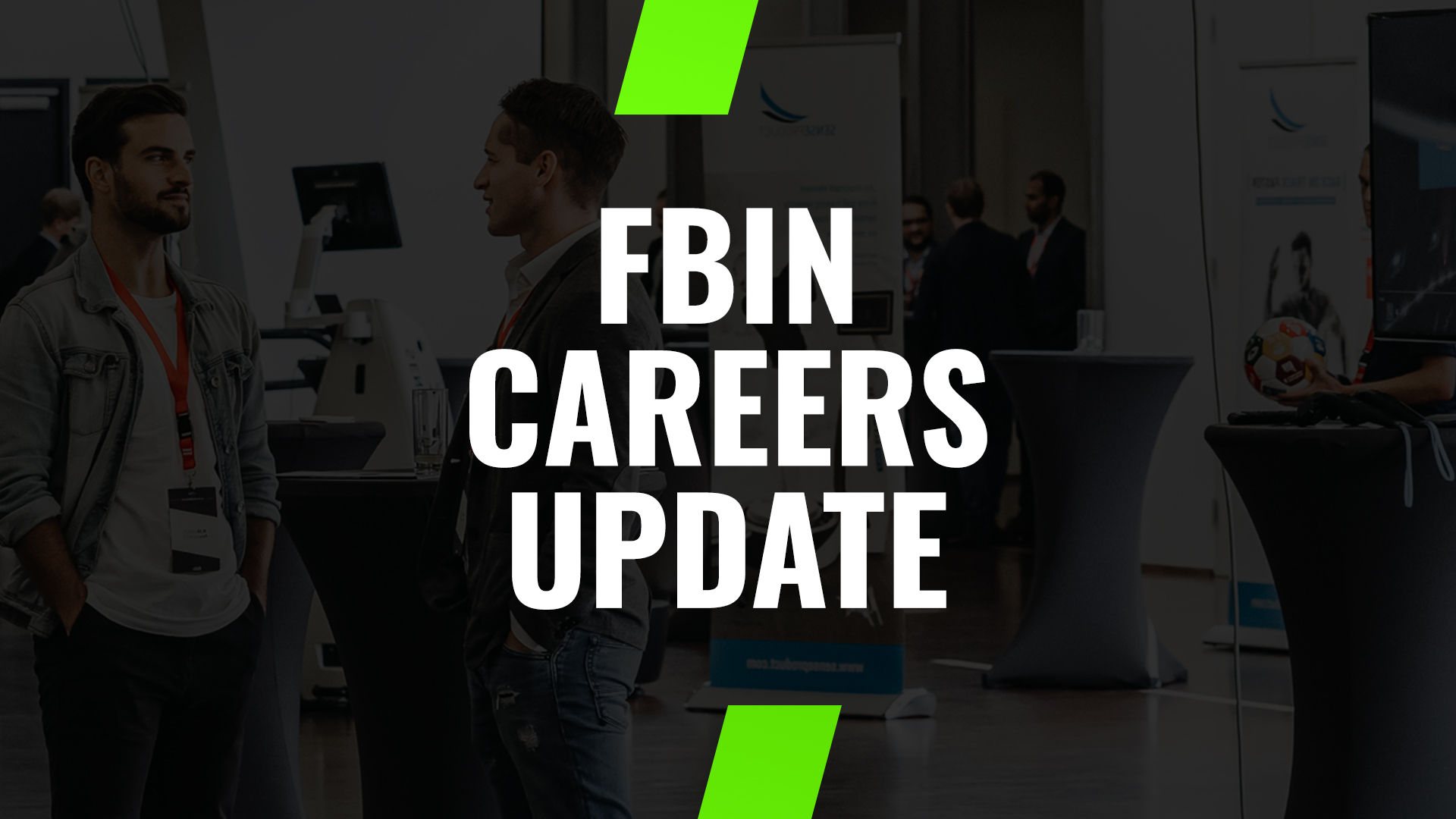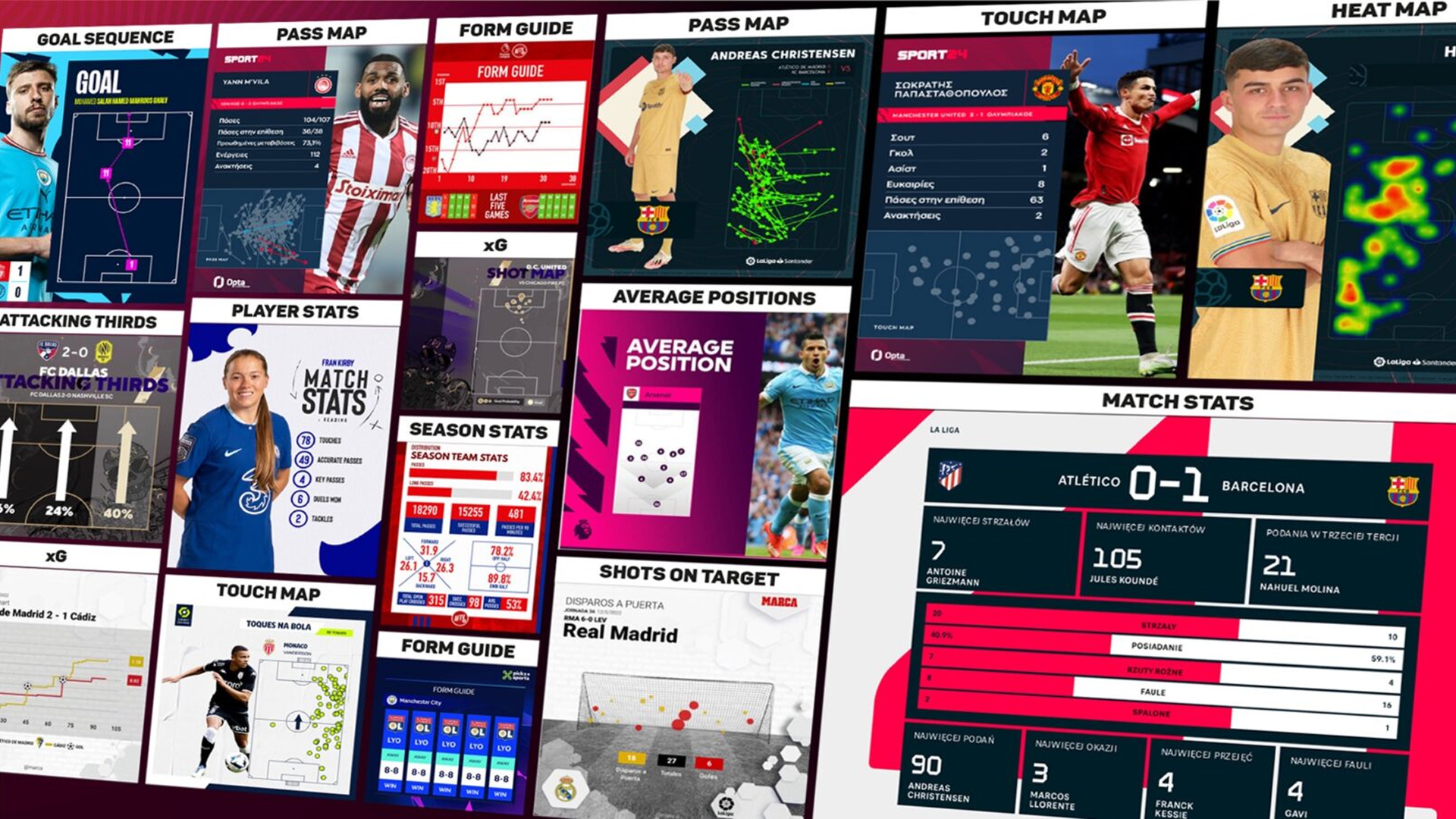In this Sustainability Focus month, FBIN hosted an insightful panel discussion on “Sustainability as a commercial asset” with Martin Geisthardt, Head of Commercial at FC St. Pauli and Anne Jensen, Director Branding and Sustainability AGF Fodbold. We explored why being sustainable is profitable for football clubs and how sustainable actions can lead to more commercial opportunities.
Define “sustainability” in the lens of football
Given that sustainability is a broad and sophisticated term, Anne Jensen explained that football clubs could divide sustainability into four pillars: environment, social responsibility, partnership with stakeholders, and project collaboration with fans. Another way is to break it down into three levels: people, planet (environment), and profits; these three must complement each other to create a sustainable business. Most football clubs have been working on the “people” or “social” aspects for quite a while. The “planet” or “environment” is relatively new but will become a driving force in the coming years.
Martin Geisthardt added that football has some distinctive operational attributes such as fan traveling to the stadium, away teams traveling to different cities, etc.; it might be challenging to work on the environmental aspect, and that is something clubs have to think about. However, social responsibility is a part of FC St. Pauli’s DNA since the club is built on people from this region from all walks of life.
Sustainability can help clubs earn profits and drive more commercial opportunities.
“Is it a paradox that sustainability and profitability go together simultaneously?”. Anne firmly answered “NO” because we all need profits to reinvest and drive innovation. Often, long-term benefits can hardly be seen right away and usually takes time. Still, there are benefits that you can reap in the shorter term. For example, if clubs can optimize their resources through waste separation and management, they may save money on disposal and even reuse certain materials. There will also be new rules and regulations for waste management in upcoming years (at least in Denmark), so it will be costly if clubs are not well-prepared. More specifically, AGF is the first Danish club who signed the UN Sports for Climate Action Framework focusing on 4 environmental areas: responsible waste management, 100% clean energy, sustainable cities, and responsible consumption. Meanwhile, the club’s branding would be a long-term ROI. Furthermore, the fact that AGF has doubled its sponsorship revenue in the last 6 years is solid evidence, even in the Covid-19 pandemic.
Apart from resource optimization, Martin believes that having an authentic brand is the critical success factor in attracting more sponsors or commercial opportunities. St. Pauli puts sustainability at its core values and works alongside companies who share this vision and strategy. In fact, a unique brand image that matches the fan base and the club’s core values may help generate new income streams less dependent on sporting success. A perfect example of this would be the “Do it improve yourself” or “DIIY” project of St. Pauli. In 2020, the club decided not to extend the contract with their kit supplier, Under Armour and introduced a new benchmark for sustainability, transparency, and fair trade in apparel manufacturing. Unfortunately, they failed to find any partner who could satisfy all this. As a result, St. Pauli introduced its own teamsport apparel brand with an in-house production line. Martin emphasized that this project has enhanced St. Pauli’s brand image and provided a positive business case as they have never sold so much merchandise before.
Though time will tell if this bold move is a success, the German club has undoubtedly satisfied most of its supporters who demand “true” sustainable actions.
Brand match and shared values are the key criteria to foster new partnerships.
Though FC St. Pauli does not have a specific filtering or criteria system, the club has precise positioning and usually conducts a deep research on potential partners in the pre-sale process. Martin explained that, unlike other clubs, St. Pauli only goes into a discussion with companies who share the same values with the club; otherwise, the clubs won’t make any contacts.
Similarly, at AGF, sustainability is part of the club’s branding. Anne witnessed that many sponsors have come recently because AGF already has a sustainability strategy. The real question is, where do our brands and values match; is there anything we can help each other to achieve specific sustainable goals.
Sustainability is not about being “perfect” but better or better together
Some industries invest a tremendous amount of sponsorship in football like gas, energy, or betting. These industries may be a little sensitive to the term sustainability. Would being sustainable somehow will limit such sponsorship opportunities?
Anne believes that almost every company today is working, to some extent, towards sustainability. As a football club, we are not there to just say that you cannot be our sponsor. Instead, it’s more important for clubs to help those sponsors be more sustainable or greener.
Martin added that as a football club, we are also not perfect. In fact, the football industry’s footprint is not as good as people think it is. So the motto at St. Pauli is to embrace that imperfection and take the first steps to be better. The ultimate goal is to engage all sponsors and partners in this long journey. Also, not every football club is in a luxurious financial situation where they can choose to work with entirely sustainable companies. It’s probably almost impossible or only in a dream world.
Clubs don’t need a perfect framework/blueprint to start.
Some clubs use the United Nations Sustainable Development Goals (UN SDGs) as a starting point. However, it could be overwhelming since the UN SDGs consist of many different areas. Anne suggested that football clubs instead should identify their core strengths and just basically start. For example, AGF focused only on 4 main environmental areas at first and expanded them on the way.
Furthermore, to overcome the limited resources and manpower as sports organizations, football clubs can leverage that unique “DNA” or emotional relationship with their fans or employees to make the difference. The sustainability vision cannot be built in a few days; it needs time to inject the culture into everyone at the clubs.


 Upgrade to Premium Now
Upgrade to Premium Now
